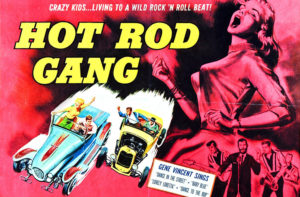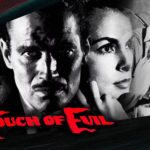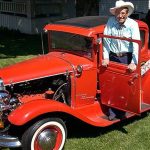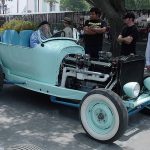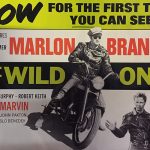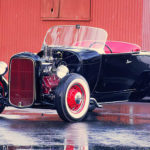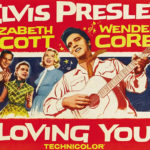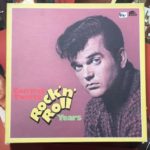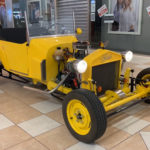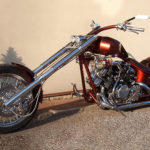While some films become famous, others become iconic. Hot Rod Gang does not belong to either the first or the second category. It cannot be found in lists like “100 movies you must see before you die”, and even the Film search finds it difficult to translate the name, but this is what makes the film attractive to sophisticated viewers. It has everything you can love about 50s cinema: the spirit of freedom embodied in hot rods, the energy of young Gene Vincent and the sounds of real rock and roll. It is a time capsule that perfectly preserves the mood, modest charm and aesthetics of its era. A real godsend for those who are tired of templates and looking for unusual cinematic experiences. No, seriously, because any movie fan has heard about immortal classics like the films 12 Angry Men or Seven Samurai. And everyone probably knows about Plan 9 From Outer Space, which is sometimes called the worst movie of all time. But who ever heard of the Hot Rod Gang? Having no corresponding culture, he and similar films went completely unnoticed in our country, so for us this particular movie from 1958 is a kind of discovery in 2025.

So let’s start with three good things to watch this movie for, in order. First of all, this is, of course, Jean Vincent. An extremely unusual personality, Jin, even at his finest hour in the world of music and rock’n’roll, was at best in the background. And despite this, or maybe even because of this fact, it was Vincent who became the portrait and icon of the rebels of the 50s. As one of the many quotes says, “Jean Vincent is a myth, a dream, an idea, a concept, a fantasy.” And if you ask some knowledgeable artist to sketch a stereotypical rock’n’roller from the 50s, in most cases the result will resemble Vincent (and in all other cases, the The Wild One with Marlon Brando).
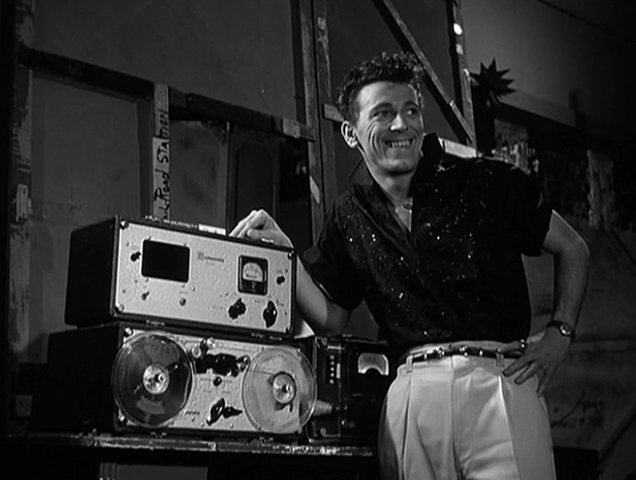
And the fact is that by the end of the 50s, corporate bigwigs had successfully pinched and sterilized the sharp edges of the first rock and roll records so that no one would inadvertently scratch themselves. Elvis became King pretty quickly, and kings and Cadillacs are still at the opposite end of working-class youth. Gene Vincent was one of the few troubadours who shouted “don’t take a step back!” and they proudly continued to record their primitive, uncouth rock and roll. Even when the situation got really bad, Jin didn’t give up and fled to the UK, where he successfully remained quite popular throughout the 60s – in fact, until his death.

The image of a non-star, but an evil rock’n’roller was refined by Gene Vincent’s very life. Even at the age of 20, in 1955 and before the start of his musical career, Jin had an accident, which caused his leg to be in a steel orthosis for the rest of his life. And then there was the tax break, another accident, and an addiction to alcohol… And sir Vincent threatened almost everyone he met with a pistol – and all this, of course, only added color to the portrait of a dangerous daredevil.
As a result, in the popular consciousness, Gene became the Elvis that Elvis once was. His influence on the music world – especially on the British part of it – cannot be overestimated. The Beatles themselves imitated Vincent at the beginning of their career, which is not difficult to hear on their early records, or to see by typing in a search query a la “beatles hamburg photos”.

Stray Cats and many others at the beginning of the rockabilly renaissance of the 80s also imitated Vincent, especially visually, in stage images and on album covers. Ian Durie says in the 1979 song Sweet Gene Vincent, “Every city has him.” And so on – until at least 1993, when Jeff Beck recorded the album Crazy Legs, consisting entirely of Gene’s songs.
Thus, Gene Vincent turned from just a good musician into an archetype, a legend about the world of the middle of the last century. It’s at least interesting to look at this person on the screen. There are not many chances for this, because unlike Elvis, Gene did not particularly like cinema, and did not seek to act, and therefore there were only a few films with his participation. This role is perhaps the biggest for Vincent: three songs, dialogue, and the role itself is not episodic, but is a direct plot tool. Actually, it’s because of Gene Vincent that I wanted to watch this movie.
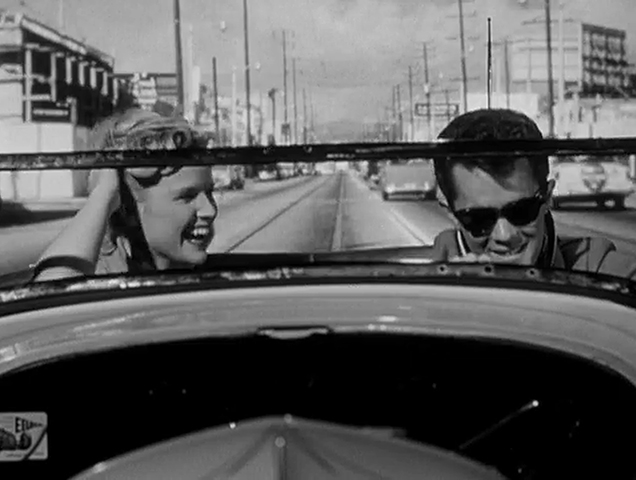
Point number two: rock and roll. As in the movies with Elvis, there are more than enough musical numbers here. Gene Vincent performs most of the songs, of course, plus one more from Maureen Arthur and two from John Ashley. Absolutely all the tracks sound extremely positive. Come to think of it, I would say that mister Ashley is more of a singer than an actor. In the sense that he plays, well… Okay, but nothing more. He doesn’t remember at all, and he doesn’t feel like applauding. But he sings like he’s really good – I want to listen to him again. Nevertheless, it was John Ashley who got into the Hot Rod Gang for the main role, and, speaking of which, it’s worth saying a few words about the actors in general.
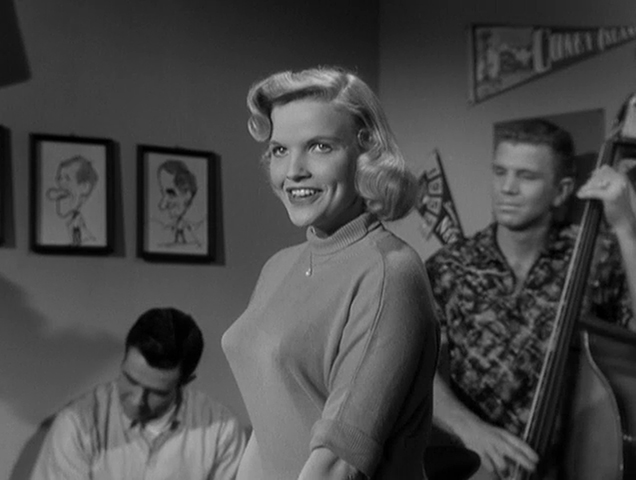
Compared to the Touch of Evil, where all the cream of Hollywood of that time is gathered, or at least from Loving You, where I have seen at least a film from the performers of the central roles, in Hot Rod Gang I do not know, in fact, no one at all.John Ashley clearly never became a star: he’s a good actor and a very good singer, but before this movie, I hadn’t heard his albums or seen films with his participation. Jodie Fair has only seven films at all – apparently, she left the film industry herself, and she didn’t really like acting. Some of the supporting actors, like Lester Dorr or Doodles Weaver, on the contrary, have a list of films such that I could not read it to the end. The only problem is that most of their appearances on screen are so minor that their names weren’t even mentioned in the credits. So if I’ve seen them anywhere, it’s probably as extras.
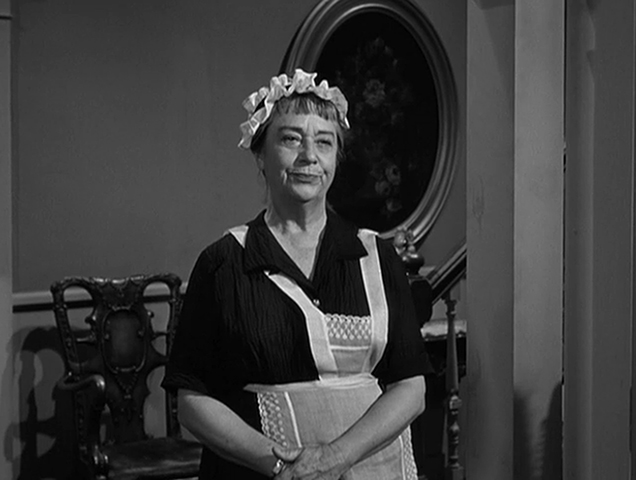
The only exception is Dub Taylor, whom I have already seen on the screen, and more than once. For example, Dub can be seen in the 1971 film Support Your Local Gunfighter, or in Zemeckis’ Supported Cars, side by side with Kurt Russell. In general, of the entire cast of the Hot Rod Gang film, I was only familiar with mister Taylor, and – coincidence or not – it was Dubu who got the most memorable and charismatic role in the entire film: Al Barrywiff, who is always chewing a cigar, may well compete with Gene Vincent himself in his colorfulness.
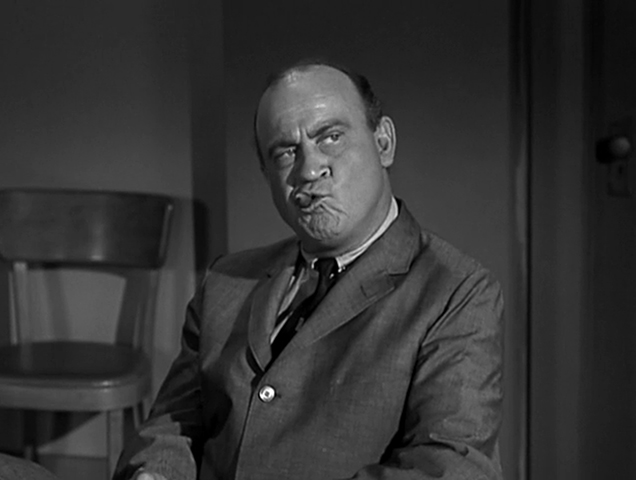
And, the last plus of the film is hot rods. What can I say. If you love these cars as much as I do, then they just can’t help but look good to you. However, I still can’t understand why the hell it was decided to use acceleration in almost every car scene. After all, rare shots where this technique is not used – for example, driving on a night road – also look quite aggressive and impressive. However, it seemed to someone from the film industry that cars should go faster, so almost everywhere we are waiting for the so-called undercranking, which, it seems to me, has not passed the test of time at all. Even combined shooting looks pretty good, for the most part, but changing the frame rate is completely out of place.
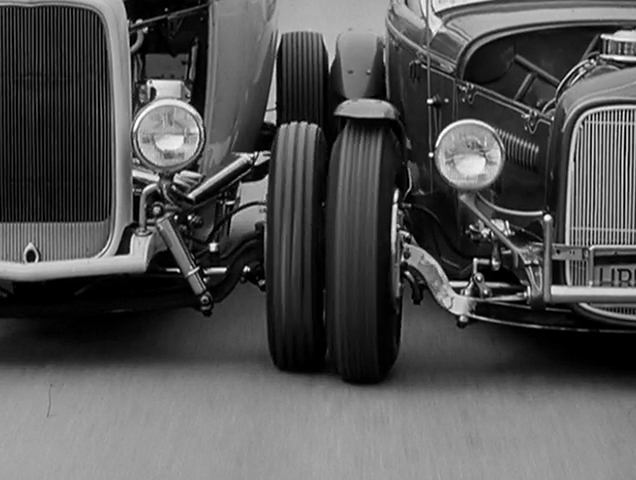
However, despite everything, street racing movies are so rare that there simply isn’t much choice. Especially when it comes specifically to hot rod racing. And although there is no data on the fees and successes of the film at the box office, we can say for sure that this black-and-white ancestor of Fast and Furious probably collected his box office. After all, any film critic will tell you that no matter how many flaws this film has, Hot Rod Gang should definitely be watched by any fanatic, and especially a fan of hot rods. Street Machine magazine, while rating the film three out of five, explicitly states:
Absolutely everything pales in comparison to the damn cool hot rods that figure throughout the film. This movie presents perfect, historically accurate shots of the very real cars that inspired the entire ‘traditional’ hot rodding movement of more than recent decades.

Well, as for the cons… First of all, the installation is very poor. In one shot, the hero is unhappy with something – gluing – and now he is already smiling, and this happens a sufficient number of times. Plus, the extras sometimes stand with stone faces when it was worth at least something to portray. And yet the love line turned out to be too painfully strange. It is especially annoying that the heroine Maureen Arthur initially behaves extremely aggressively, protecting her boyfriend from a new girl, but this does not lead to anything. With a little magic editing, Maureen is already walking around with someone else.
And everything else in Hot Rod Gang is just average. The film, oddly enough, is a comedy, and although there are not enough stars from the sky, it will certainly make you smile a couple of times. Plot… unusual. In the sense that the guys with hot rods, although they don’t do anything particularly useful, nevertheless, for once, they are not villains. Even the main antagonist can hardly be called a very evil character. Compare this, for example, with how everything is set up in Hot Rods to Hell, – well just heaven and earth. And comedy mostly makes fun of high society and the old ways.

However, absolutely all of the above is not at all surprising, if we take into account the fact that the film was shot by American International Pictures studio, at that time an independent studio from Hollywood specializing in low-budget films for young people. In particular, AIP was the first company to use focus groups, and the focus groups were mostly teenagers. Just because going to the movies was a teen thing, while the older audience was watching TV. That’s why we have a cast of mostly cheap and little-known actors here, and a whole bunch of hot rods, and, accordingly, rusty, wedge-shaped Chekhov guns of a plot that laughs at old people, and shows the new generation in as positive a light as possible. Again, a comparison with the movie Hot Rods to Hell suggests itself – that movie was just being shot for TV.
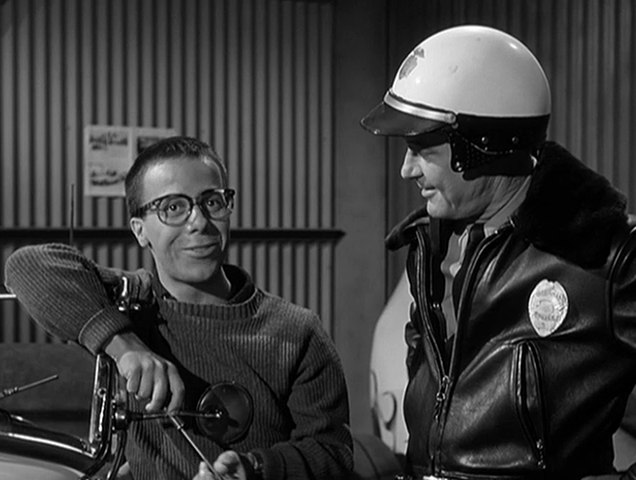
Teenagers, however, do not write reviews and do not award Oscars, and therefore film critics were happy to smash almost all films from American International Pictures. “Another film in the cycle of regression”, “absolutely unconvincing on all levels”, “caricatured and, in general, decidedly moronic” – these are just a small, very small part of the reviews that AIP films received from professional critics. Nevertheless, the studio successfully remained independent until the end of the 70s, from which only one conclusion can be drawn: the target audience has liked films for thirty years, and people were willing to pay money for such a movie.This statement is also confirmed by the fact that many AIP films have become iconic: I Was a Teenage Werewolf in 1957, Blackula in 1972, or the same Wild Angels in 1966, and many, many other films.
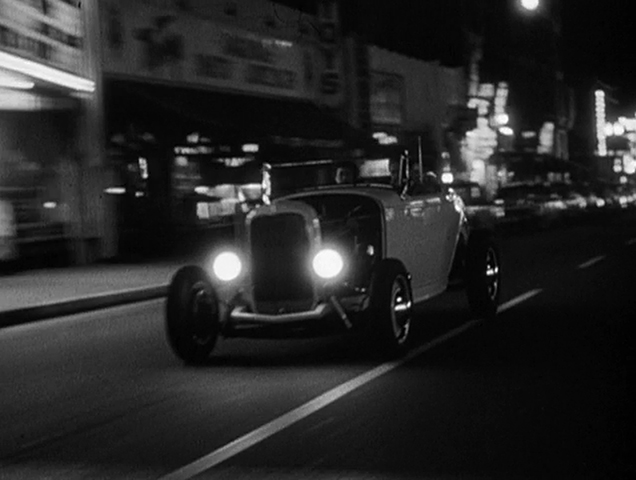
So what is Hot Rod Gang? An undeservedly forgotten cult classic and an example of independent art, or a tasteless cheap scam created solely to siphon money out of unafraid youth? I am addressing this question to you, my reader, and you will be able to answer it only by watching this ancient black-and-white film. So enjoy watching it.
